Understanding Signal Intelligence
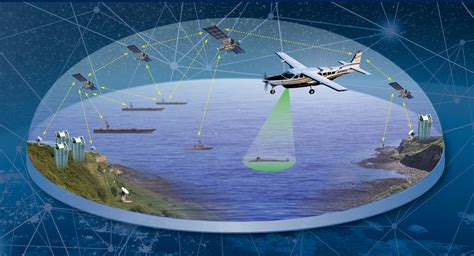
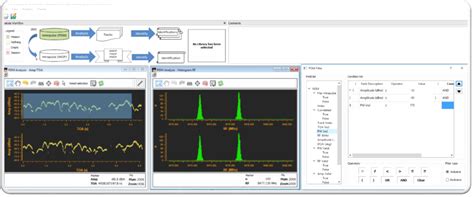
Introduction to Signal Intelligence
Signal intelligence, often abbreviated as SIGINT, is a crucial component of intelligence gathering that involves the interception, analysis, and dissemination of signals for the purpose of obtaining information. These signals can originate from various sources, including communications, radar, and other electronic emissions. The field of signal intelligence is vast and complex, encompassing a wide range of activities, from intercepting enemy communications to detecting and locating radar signals. Effective signal intelligence is essential for military operations, cybersecurity, and national security, as it provides critical information that can be used to gain strategic advantages or prevent potential threats.
Types of Signal Intelligence
There are primarily two types of signal intelligence: communications intelligence (COMINT) and electronic intelligence (ELINT). - Communications Intelligence (COMINT): This involves the interception and analysis of communications signals, such as radio transmissions, telephone calls, and emails. COMINT is used to gather information about the intentions, capabilities, and activities of adversaries. - Electronic Intelligence (ELINT): ELINT focuses on the interception and analysis of non-communications electronic signals, such as radar emissions. It is used to understand the electronic order of battle, including the location, capabilities, and intentions of enemy radar and electronic warfare systems.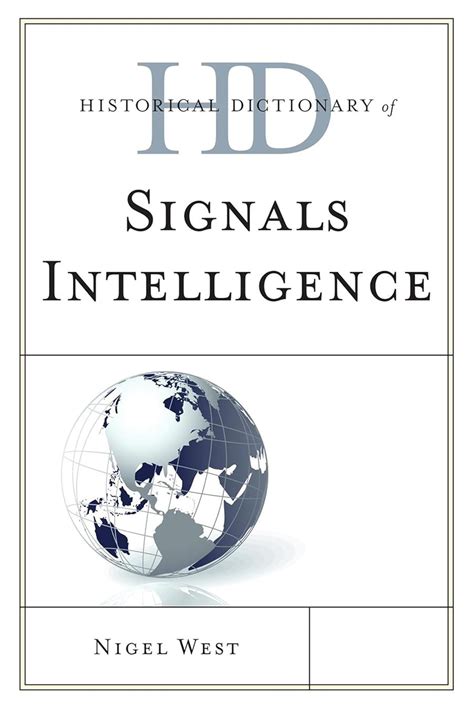
Signal Intelligence Process
The signal intelligence process involves several key steps: * Signal Detection: The first step is to detect the signal. This can be challenging, especially in environments with high levels of signal noise or where the signal is intentionally masked. * Signal Sorting: Once a signal is detected, it must be sorted to determine its relevance and priority. This involves filtering out irrelevant signals and focusing on those that are likely to contain useful information. * Decryption and Analysis: If the signal is encrypted, it must be decrypted. Then, the content of the signal is analyzed to extract useful information. This can involve linguistic analysis, traffic analysis, and other techniques. * Dissemination: The final step is to disseminate the intelligence to those who need it. This involves presenting the information in a useful form, such as reports or briefings, and ensuring that it is delivered in a timely manner.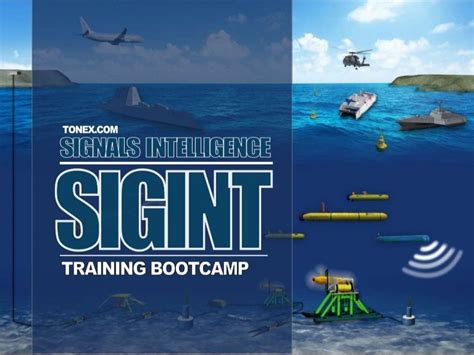
Technologies Used in Signal Intelligence
Various technologies are employed in signal intelligence, including: - Satellites: Satellites can be used to intercept communications and other signals from space. They offer a wide field of view and can cover large areas. - Airborne Platforms: Airborne platforms, such as aircraft and drones, can carry signal intelligence equipment. They offer flexibility and can be deployed close to the area of interest. - Ground Stations: Ground stations are used to intercept and analyze signals. They can be fixed or mobile and are often used in combination with other platforms. - Cyber Tools: Cyber tools are used in signal intelligence to intercept and analyze digital communications. They are increasingly important as more communications move online.📝 Note: The use of signal intelligence technologies must be carefully managed to ensure compliance with legal and ethical standards, particularly regarding privacy and surveillance.

Applications of Signal Intelligence
Signal intelligence has numerous applications across various sectors: - Military Operations: Signal intelligence is critical for military operations, providing information on enemy movements, intentions, and capabilities. - Cybersecurity: It helps in detecting and mitigating cyber threats by analyzing signals that may indicate malicious activities. - National Security: Signal intelligence contributes to national security by providing early warnings of potential threats and supporting counter-terrorism efforts. - Law Enforcement: It aids law enforcement agencies in criminal investigations, especially those involving organized crime and terrorism.
Challenges in Signal Intelligence
Despite its importance, signal intelligence faces several challenges: - Technological Advancements: Rapid technological advancements can make existing signal intelligence capabilities obsolete, requiring constant updates and innovations. - Encryption: Widespread use of encryption makes it difficult to intercept and analyze signals without the decryption keys. - Privacy Concerns: Signal intelligence activities must balance the need for information with respect for privacy and legal constraints. - Cybersecurity Risks: Signal intelligence systems themselves can be vulnerable to cyber attacks, which could compromise their effectiveness and security.
| Type of Intelligence | Description | Applications |
|---|---|---|
| COMINT | Communications Intelligence | Military, Cybersecurity, National Security |
| ELINT | Electronic Intelligence | Military Operations, Electronic Warfare |
To overcome these challenges, signal intelligence agencies and organizations must invest in research and development, adopt advanced technologies, and implement robust legal and ethical frameworks. Moreover, international cooperation can play a crucial role in addressing global threats through shared signal intelligence efforts.
In summary, signal intelligence is a vital component of modern intelligence gathering, offering insights into communications, electronic emissions, and other signals. Its applications are diverse, ranging from military operations to cybersecurity and national security. As technology continues to evolve, the field of signal intelligence must adapt to stay effective, addressing challenges such as encryption, privacy concerns, and cybersecurity risks. By doing so, signal intelligence can continue to provide critical information that supports decision-making and action across various sectors.
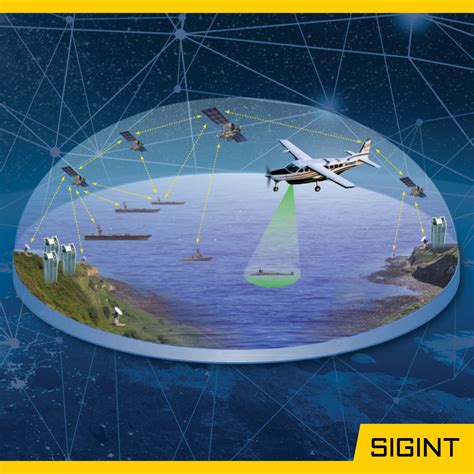
What is Signal Intelligence?
+
Signal intelligence involves the interception, analysis, and dissemination of signals for the purpose of obtaining information, including communications and electronic emissions.
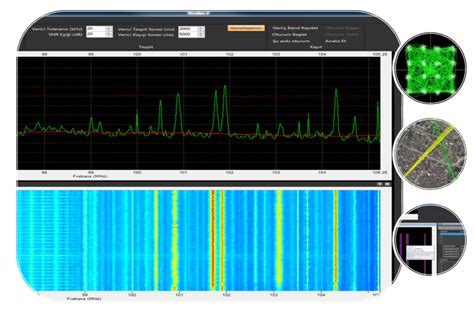
What are the main types of Signal Intelligence?
+
The main types are Communications Intelligence (COMINT) and Electronic Intelligence (ELINT), focusing on communications signals and non-communications electronic signals, respectively.

How is Signal Intelligence used?
+
Signal intelligence is used in military operations, cybersecurity, national security, and law enforcement, providing critical information on potential threats and supporting strategic decision-making.

